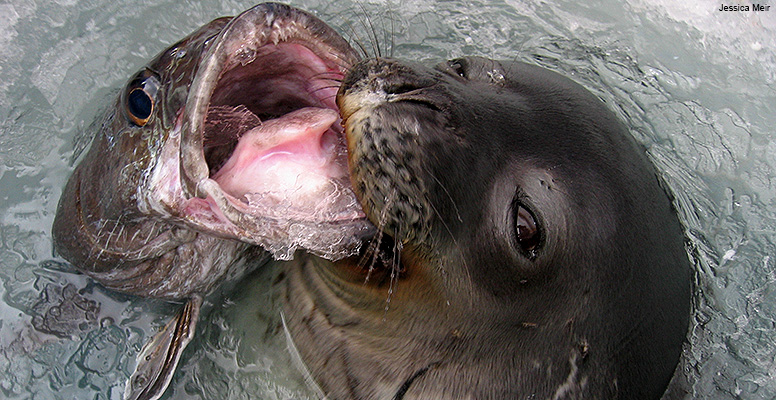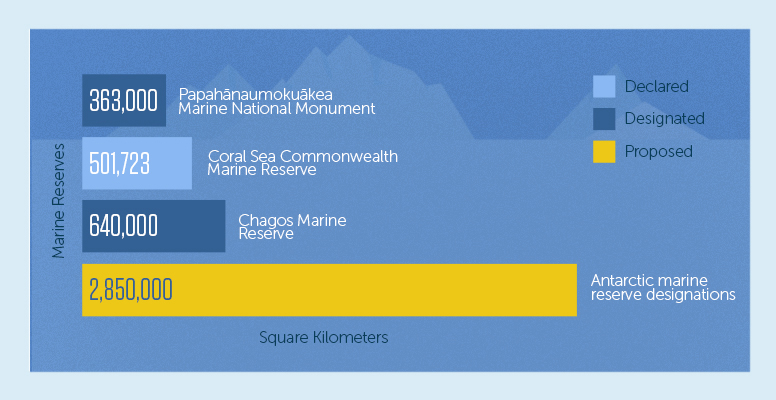10 Reasons to Create Marine Reserves Around Antarctica
Beneath the icy blue waters that surround Antarctica is a dazzling array of life, from the beautiful to the bizarre, in some of the most pristine areas on Earth. Penguins, whales, and toothfish thrive in these waters, where upwellings from the Southern Ocean's depths supply nutrients that support threequarters of the world's marine life.
Half a century ago, at the height of the Cold War, countries joined together to declare Antarctica a place of peace and science. Now the international community has a chance to take on an effort just as critical to the global environment: protecting the seas surrounding Antarctica.
This compilation of recent findings demonstrates the need to create the world's largest marine reserves in Antarctica's Southern Ocean. Here are 10 reasons to designate protected areas in the Ross Sea and East Antarctica.
1. More than 85 percent of the world's fisheries are in decline.
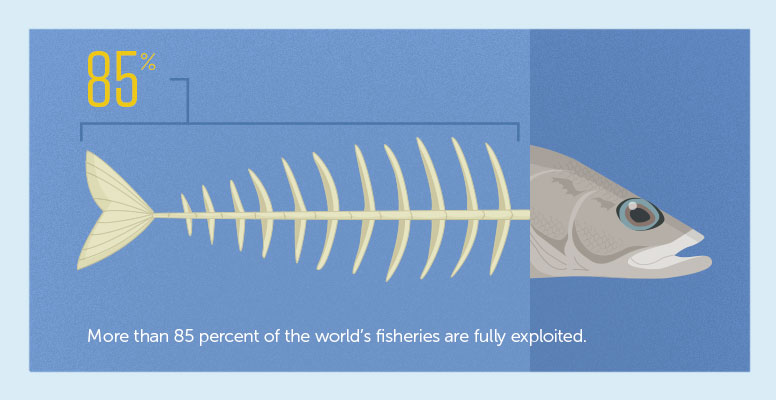
During the past 40 years, the global percentage of fish stocks in crisis has risen sharply. According to a U.N. Food and Agriculture Organization report in 2010, 85 percent of fish stocks are fully exploited, overexploited, depleted, or recovering from depletion—the highest proportion ever recorded.
2. Less than one percent of the world's oceans are fully protected.
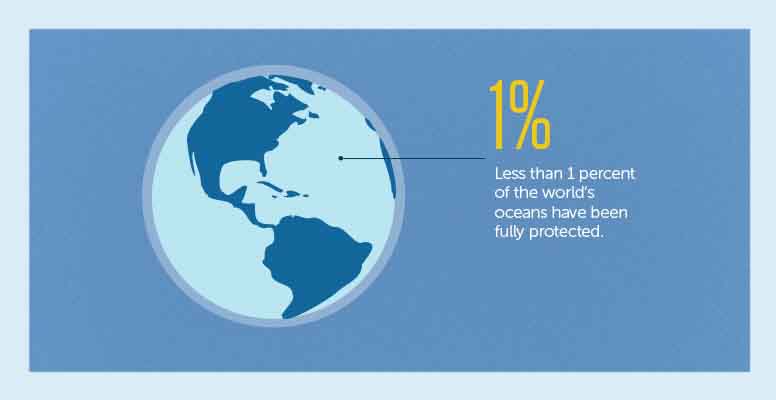
Put another way, 99 percent of our oceans are open for extractive uses, such as fishing and oil drilling. The documented area of fully protected ocean is less than 2.2 million square kilometers out of a total of 364 million square kilometers—less than 1 percent. In comparison, about 12 percent of the Earth's land is fully protected, according to the International Union for Conservation of Nature, or IUCN. Through the Convention on Biological Diversity, countries have committed to protecting 10 percent of the ocean by 2020, although IUCN scientists call for at least 20 percent.
3. Antarctic currents sustain three-quarters of the Earth's marine life.
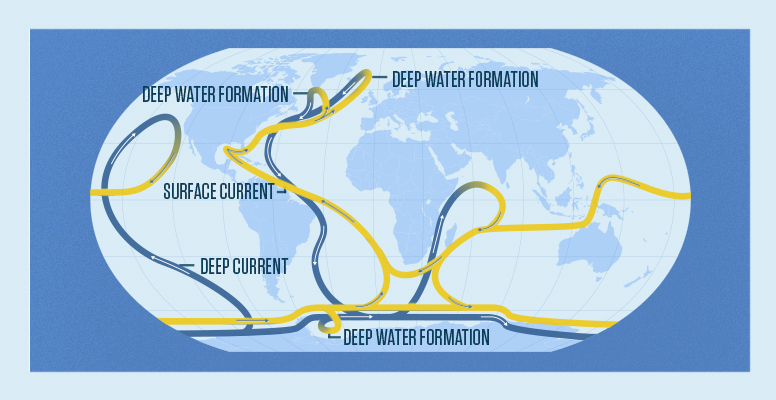
Upwellings from the depths of the Southern Ocean help spread nutrients through the entire Southern Hemisphere and the North Atlantic Ocean. Scientists estimate that three-quarters of all marine life is maintained by a current that pulls nutrient-rich waters from the deep ocean, brings them to the surface, and distributes them around the world. Because Antarctica's Southern Ocean is such an important conveyor of nutrients, protecting it would have far-reaching consequences for marine life and those who rely on the oceans for food.
4. The most intact marine region in the world should stay that way.
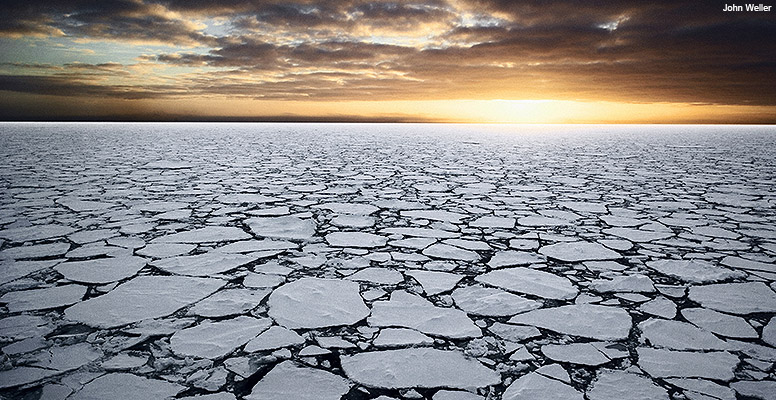
A 2011 study in the journal Biological Conservation called the hauntingly beautiful Ross Sea “the least altered marine ecosystem on Earth,” with unusually large and closely interacting populations of several marine bird and mammal species. These include a significant percentage of the global distributions of Adélie penguins (38 percent), emperor penguins (26 percent), Antarctic petrels (30 percent), Antarctic minke whales (6 percent), Weddell seals (45 percent), and killer whales (50 percent).
5. The decline of the toothfish, the "shark" of the Antarctic, is linked to overfishing.
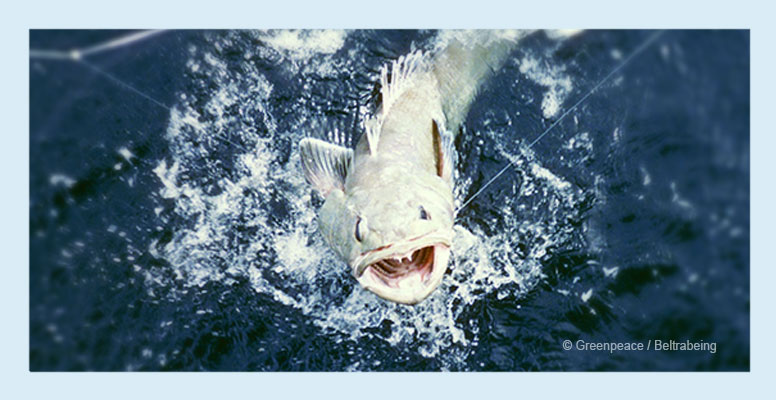
It's not a shark, but the toothfish is the top fish predator in the Southern Ocean. These hefty creatures can outweigh a large man and live up to 50 years. The toothfish, known in many parts of the world as Chilean sea bass, appears to be in decline in the Ross Sea, corresponding with the rise in industrial fishing. Intensive fishing of this top predator destabilizes the food web and can have profound impacts on marine wildlife.
6. Krill is an important link in the Antarctic food web.
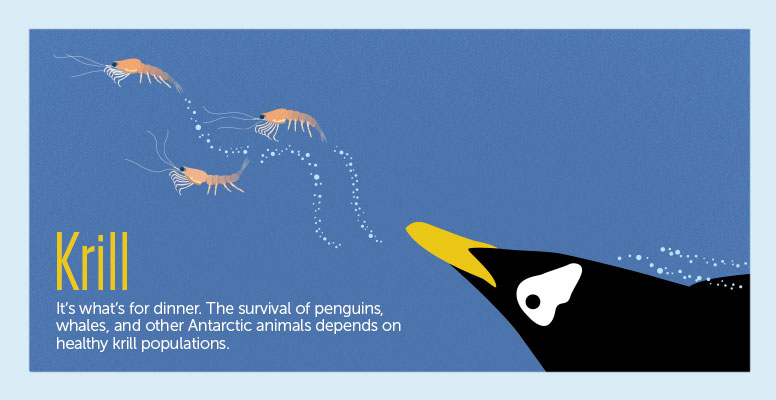
Krill, a small, shrimplike crustacean, is one of the largest protein sources on Earth and is vital to the Antarctic food web. It is also sought by an expanding market for omega-3 fatty acid supplements and by the aquaculture industry as feed for farmed fish. That demand, which is predicted to grow, affects the food supply of penguins, fish, whales, and other ocean wildlife that feed on krill.
7. Antarctic reserves would be sanctuaries for penguins.
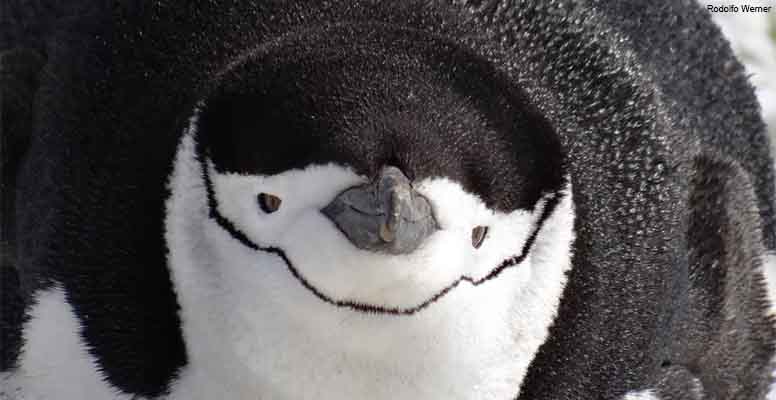
Our feathered friends in the Southern Hemisphere are in trouble, too, because fishing pressures and climate change are taking a toll. According to the IUCN Red List of Threatened Species and the Global Penguin Society, the the number of penguin species listed as endangered or near-threatened increased from three in 1988 to 11 in 2012, from a total of 18 species. The chinstrap penguin (above) has been in steep decline around the Antarctic Peninsula, perhaps due to climate change, but most of the world's remaining stable penguin populations are found in Antarctic or sub-Antarctic habitats.
8. Protecting Antarctic waters creates resilience to climate change.
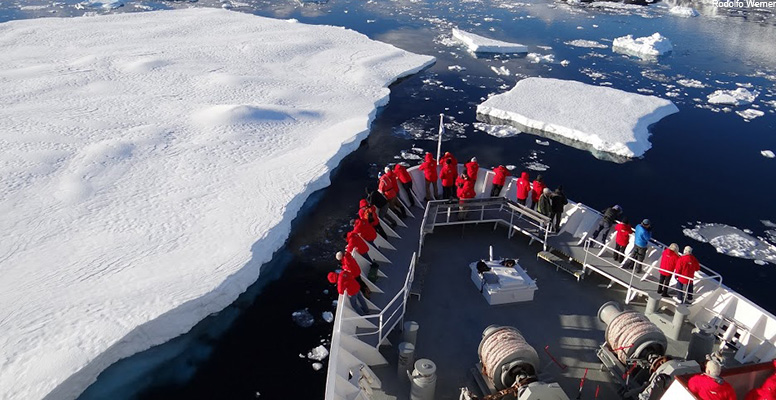
Some of the most pronounced impacts from climate change and ocean acidification are found in Antarctica. Combined with fishing, these changes put significant pressure on marine ecosystems. Large reserves eliminate fishing stresses and give species a chance to adapt to a changing environment. Although marine reserves cannot mitigate climate change and ocean acidification, studies show they can help build ecosystem resilience. Reserves also allow scientists to observe how large-scale, fully functioning ecosystems work, and they serve as critical climate reference areas to gauge the effects of these change.s
9. Marine reserves rebuild the ocean.
Recent studies show that marine reserves improve the health of the ocean environment within their boundaries. In many cases, they provide a spillover effect, improving the health of marine life in adjacent areas. These conservation gains yield economic benefits in the form of fishing and tourism.
10. Creating permanent reserves in the Antarctic region would double the amount of protected ocean in the world.
Currently, 2.2 million square kilometers of ocean are fully protected worldwide. A marine reserve in the Ross Sea, which is under consideration by the Commission for the Conservation of Antarctic Marine Living Resources, or CCAMLR, would add 1.25 million square kilometers to this total. Further, although the 1.6 million square kilometers of marine protected areas proposed for the East Antarctic are not explicitly designated as no-fishing areas, fishing would not be permitted unless all 25 parties to the commission agreed to open protected areas for this purpose.
Making sure Antarctic marine reserves measures up
Two dozen countries and the European Union—the governments participating in CCAMLR—will soon determine whether some of the breathtakingly beautiful waters of the Antarctic will be protected or left open to industrial fishing. For these protections to be meaningful, they must be permanent, large-scale, and ecologically diverse. Here's how to make this happen:
Permanence
Marine protected areas are, by IUCN definition, permanent. Protections for Australia's Great Barrier Reef Marine Park, Russia's Lake Baikal, Japan's Mount Fuji, and the United States' Grand Canyon have no expiration date. These countries should make the same commitment to special areas in the waters surrounding Antarctica, some of the most ecologically valuable seascapes in the world. These nations are all signatories to the Antarctic Treaty, which provided permanent protections for the continent of Antarctica. The surrounding waters deserve the same.
Size
The Southern Ocean represents 10 percent of the world's ocean and some of the most pristine marine habitat left in the world. Its currents supply nutrients that support three-quarters of the world's marine life. The Ross Sea, often referred to as the “last ocean,” is one of the few intact ecosystems left on the planet. Only 1 percent of the world's oceans are now fully protected. IUCN scientists call for at least 20 percent, and world leaders have committed to reaching 10 percent by 2020. Extensive marine reserves would not only protect the Southern Ocean's ecological treasures and nutrient conveyors, but they also would make a meaningful contribution to ocean protection worldwide.
Ecosystem diversity
The Southern Ocean supports thousands of species that exist nowhere else, in addition to some of the world's most important penguin, whale, and toothfish habitat. Reserves must protect their ecosystem, including feeding and spawning grounds and geomorphic features such as seamounts, ridges, and troughs.
Press Resources
1. Photos
Click "options" in bottom right-hand corner to download. Images are for one-time press use only. No archiving. Please include appropriate captions and credits.
2. Video
Trailer: The Last Ocean. Click to download.
3. Press call audio:
Download an mp3 of our June 26, 2013 press call here.
4. Download a copy of this fact sheet:
10 Reasons to Create Marine Reserves Around Antarctica (PDF)
